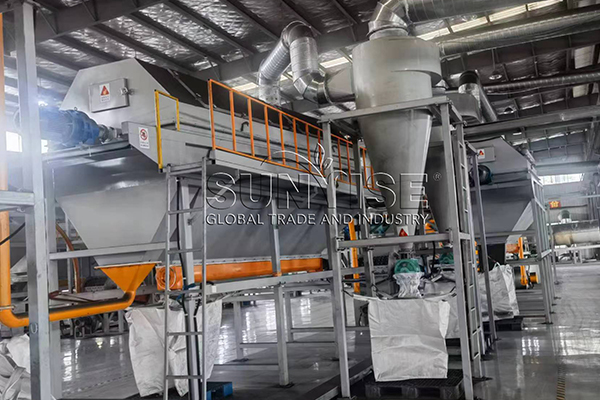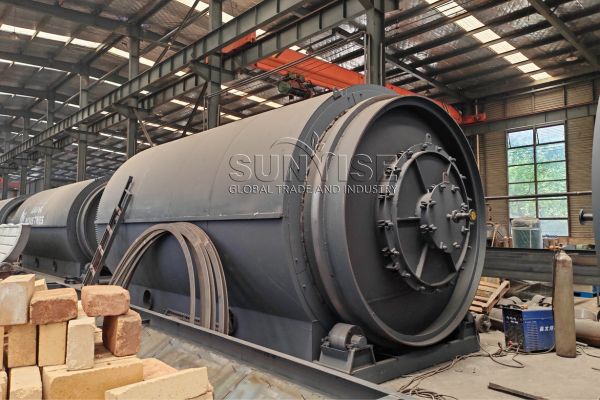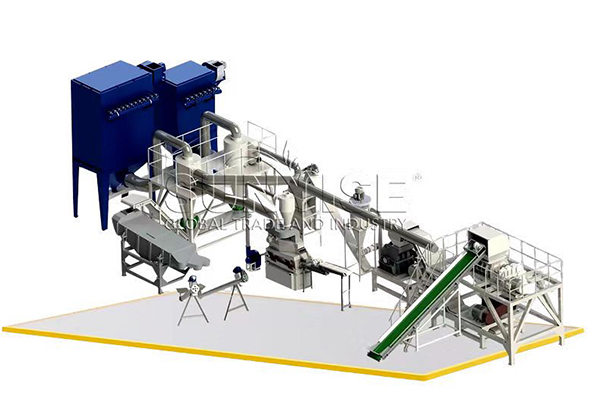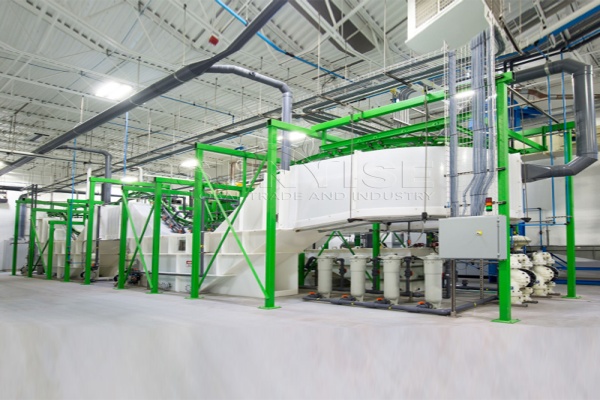India, with its vast population and booming automotive industry, generates an enormous quantity of waste tyres daily. As the environmental concerns related to improper tyre disposal mount, the need for efficient and large-scale tyre pyrolysis plants has become crucial. في هذه المقالة, we will explore the significance, working mechanisms, and benefits of 100-ton daily capacity tyre الانحلال الحراري plants in India.
The Growing Tyre Waste Problem in India
The automotive revolution in India has led to a staggering increase in the number of vehicles on the roads. بالتالي, the volume of waste tyres discarded every day is reaching alarming levels. These waste tyres, if left unattended, pose multiple threats. They take up significant landfill space, which is already scarce in many urban areas. علاوة على ذلك, when tyres are dumped in the open or burnt haphazardly, they release toxic fumes and pollutants into the air, soil, and water, endangering public health and the environment. على سبيل المثال, the release of sulfur dioxide, nitrogen oxides, and heavy metals during uncontrolled burning can cause respiratory problems and contaminate agricultural land.
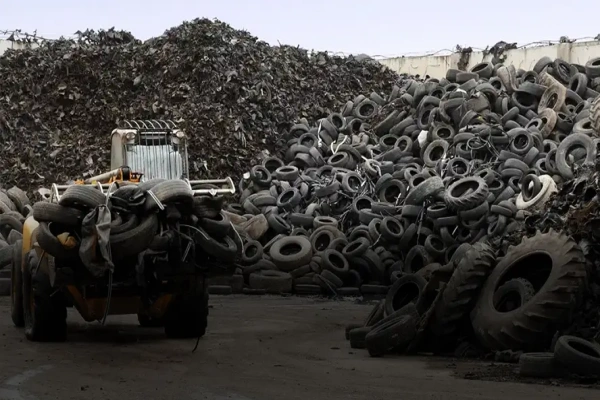
How Does a 100-ton Daily Capacity Tyre Pyrolysis Plant Work?
Feeding System
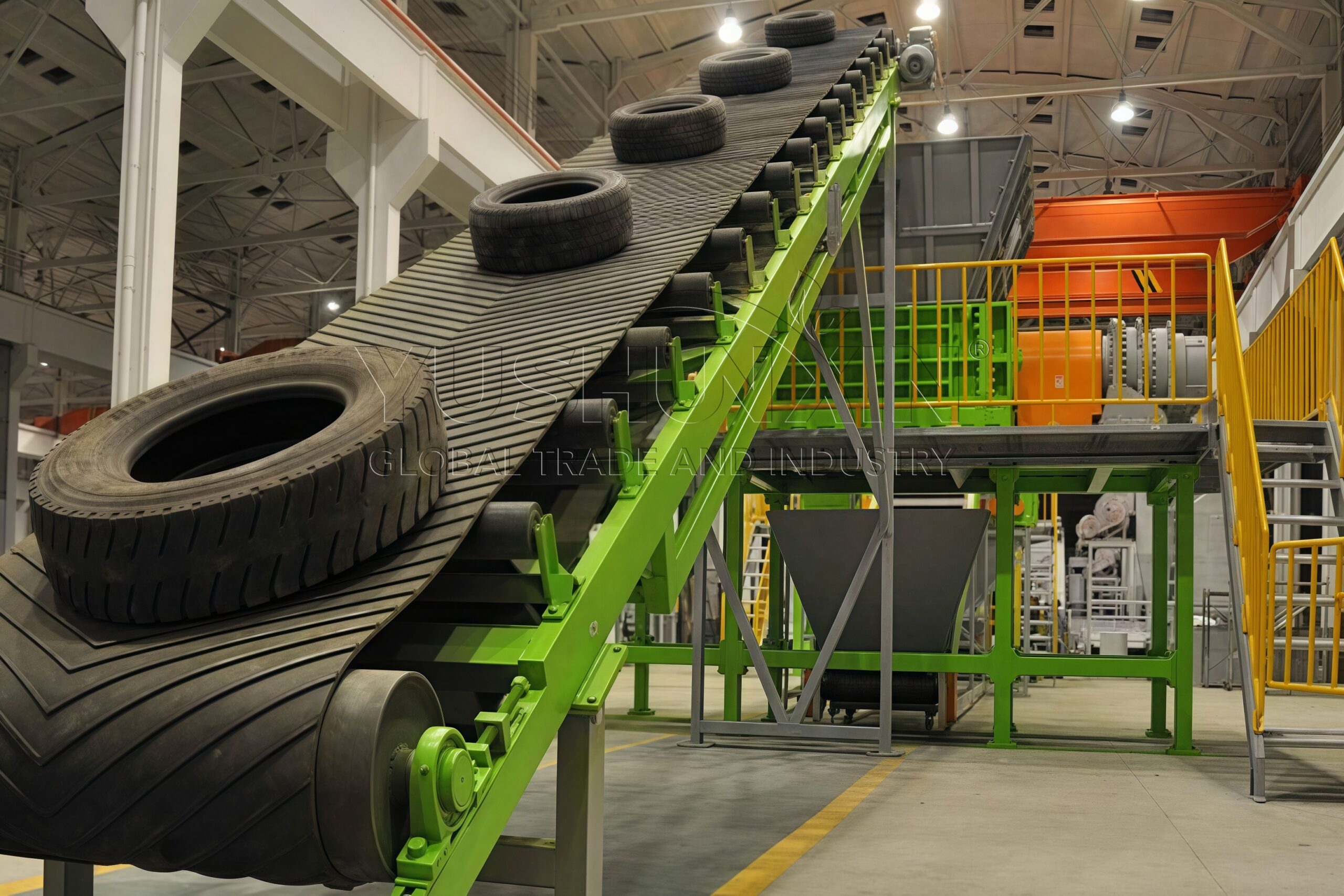
The process begins with a robust and automated feeding system. This system is designed to handle the large volume of waste tyres efficiently. It typically consists of conveyor belts and mechanical grippers. The conveyor belts transport the tyres from the storage area to the pyrolysis reactor. The grippers ensure a smooth and continuous flow of tyres into the reactor, preventing any blockages. لمصنع السعة اليومي 100 طن, يتم معايرة سرعة التغذية والدقة لتلبية متطلبات الإنتاجية العالية.
مفاعل الانحلال الحراري
قلب النبات هو مفاعل الانحلال الحراري. هنا, تتعرض إطارات النفايات لعملية تسمى الانحلال الحراري, الذي يحدث في غياب الأكسجين في درجات حرارة عالية, عادة ما تتراوح من 400 إلى 600 درجة مئوية. داخل فرن الانحلال الحراري, تنهار الروابط الكيميائية المعقدة في الإطارات, تحويلها إلى ثلاثة منتجات رئيسية: زيت الانحلال الحراري, الكربون الأسود, والغاز القابل للاحتراق. تم تصميم المفاعل مع عناصر العزل المتقدم والتدفئة للحفاظ على درجة حرارة متسقة طوال العملية. هذا يضمن التحلل التام للإطارات ويزيد من عائد المنتجات القيمة.
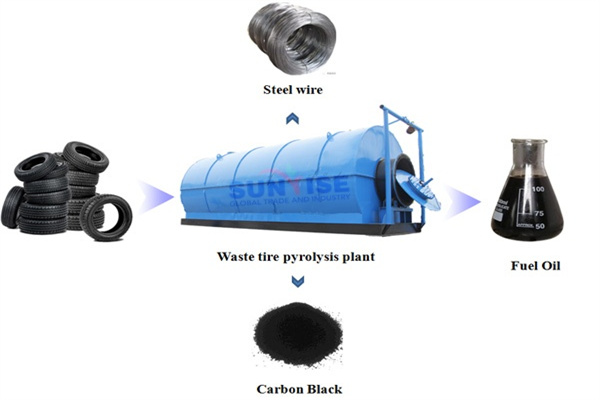
نظام التكثيف
كما تولد عملية الانحلال الحراري الغازات الساخنة, these gases are immediately directed to the condensation system. The condensation system consists of a series of heat exchangers and cooling towers. The hot gases pass through the heat exchangers, where they are cooled down rapidly. This cooling causes the gaseous components to condense into liquid form, which is the pyrolysis oil. The oil is then collected and stored in dedicated tanks. The quality and purity of the زيت الانحلال الحراري can vary depending on the efficiency of the condensation system, and for a large-scale plant, strict quality control measures are implemented to ensure its marketability.
Gas Purification and Utilization System
The combustible gas produced during pyrolysis is not wasted. It first passes through a gas purification system to remove any impurities such as sulfur and particulate matter. Once purified, a significant portion of this gas is recycled back to the pyrolysis reactor to provide the necessary heat, reducing the overall energy consumption of the plant. The remaining gas can be used to power other auxiliary equipment in the plant or even sold as a fuel source in some cases, contributing to the economic viability of the operation.
Carbon Black Recovery and Processing
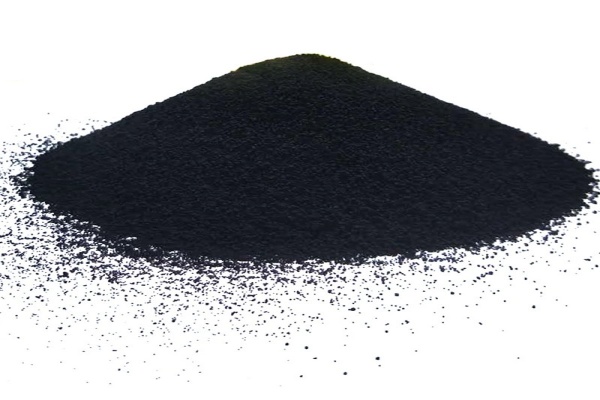
The carbon black obtained from the pyrolysis of tyres is another valuable by-product. It is separated from the other solid residues in the reactor and then undergoes further processing. This includes grinding, sieving, and sometimes chemical treatment to improve its quality and make it suitable for various industrial applications. In India, carbon black has a growing market in the rubber, ink, and plastics industries, providing an additional revenue stream for the tyre pyrolysis plants.
Benefits of 100-ton Daily Capacity Tyre Pyrolysis Plants
100-ton daily capacity tyre pyrolysis plants in India hold great promise for addressing the waste tyre problem, protecting the environment, and driving economic development. While there are challenges to overcome, with proper planning, investment, and collaboration, these plants can become a cornerstone of India’s sustainable waste management and circular economy initiatives. As the country continues to grow and urbanize, the importance of such innovative waste treatment solutions will only increase. Feel free to contact us if you want to know the price of tire recycling machines.
اتصل بنا


